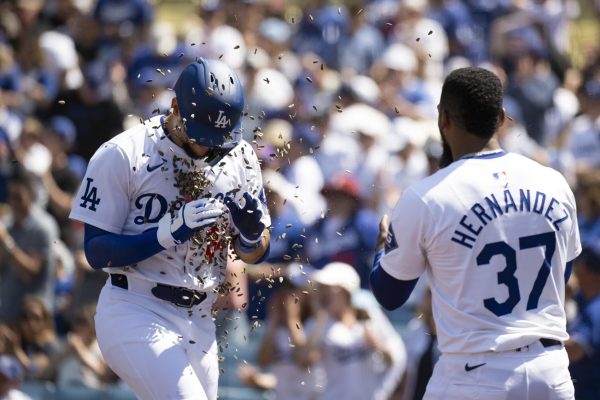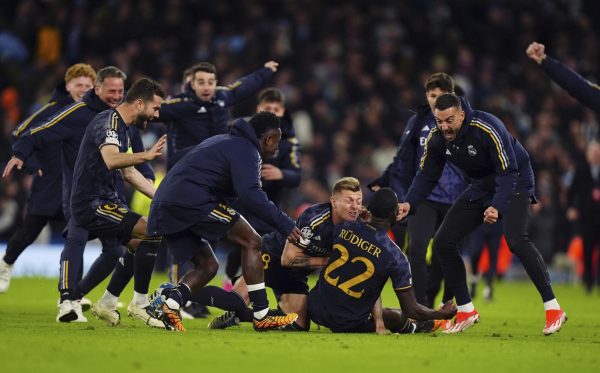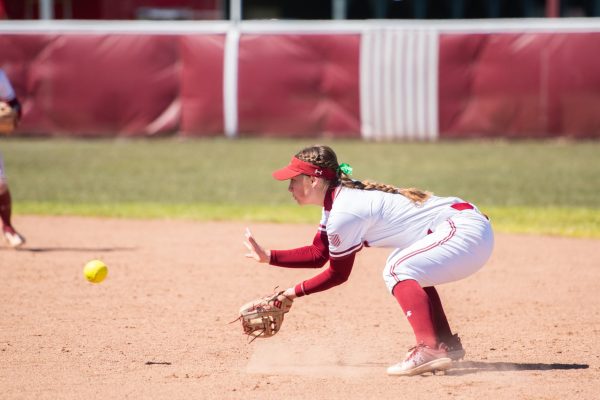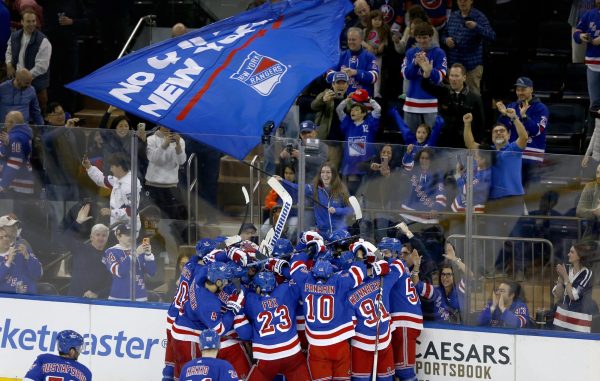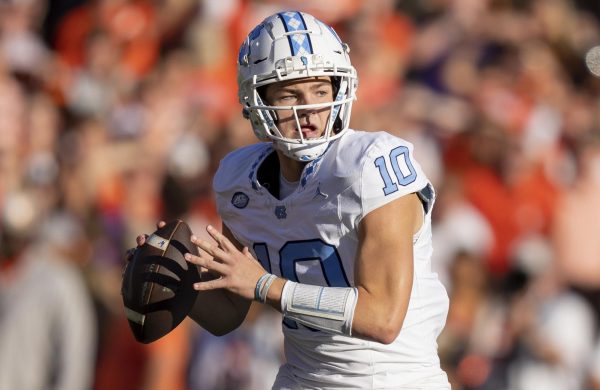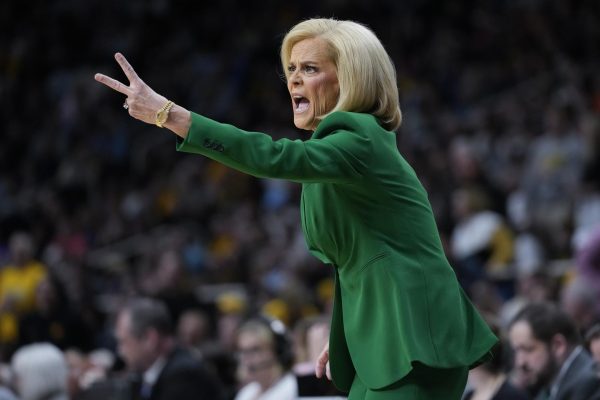Pace and Space – Here to Stay in the NBA
On October 24, the Washington Wizards played the Golden State Warriors. The score was 115-97 Warriors just by the end of the third quarter as the Warriors eventually won 144-122.
One can make many arguments about why the score was so high in this game. For example, Stephen Curry had 51 points, all coming in the first three quarters.
However, in the beginning of the season, scoring and pace has continued to increase as it has been doing for the past several seasons. Teams’ shift in focus toward building rosters and offensive units based on analytics has created a game that is more exciting and will continue to increase fan growth.
The most successful teams in recent years have emphasized perimeter shooting and increased pace, causing the rest of the NBA to do the same. Rockets General Manager Daryl Morey was the first executive to build a roster around perimeter shooting, and the Rockets have since built playoff-contending teams around the shooting and playmaking of guard James Harden. They have also been among the league leaders in both three pointers attempted and made since they acquired Harden in 2012.
Across the league, other teams have followed their lead. In fact, the Dallas Mavericks are shooting an NBA record 42.50 three-point shots per game this season.
Ten years ago, a team shooting more than forty threes would have been practically unthinkable. In the 2009 NBA Season, for example, the New York Knicks led the NBA with 27.9 attempts from behind the arc. This season, 27.9 attempts would rank 24th in the league.
In fact, since the 2010-2011 season, teams have attempted 18 threes on average per game, and that number has increased each season, up to 31.8 attempts on average so far.
Similar to three point shooting, teams have looked to copy the elite teams in the NBA by focusing on smaller and quicker lineups to increase pace.
Since Steve Kerr took over as head coach of the Golden State Warriors in 2014, they have ranked top 5 in most possessions per game every season. In turn, teams have realized that they need to be comfortable running at a fast pace to keep up with elite teams like the Warriors.
This season, teams are averaging 101.4 possessions per game, the first time the average has been over 100 in 30 years. As with shooting more threes, teams are looking to push the pace that is becoming the current norm in the NBA.
The result of pace and space has proven to be both more effective and exciting to watch. On a per 100 possession basis, teams this season are scoring 110 points, which would be the highest recorded offensive efficiency total in a season since 1974, when that statistic was first tracked.
With teams across the league focusing on building smaller and more athletic rosters that have shooters in the game at all times, scoring and efficiency trends should continue to increase.
This is a good sign for fans like me who prefer to watch more game action and less standing and dribbling, as well as more ball movement and shooting rather than posting up.
Unsurprisingly, most NBA fans seem to agree with me. NBA viewership increased significantly last season from the 2017 season.
According to Nielsen live-plus-same-day data, National Basketball Association telecasts on ESPN and TNT together are currently averaging 2 million viewers per game, up 15 percent compared to the year-ago draw of 1.74 million.
With a league focused on increasing pace and shooting, fans should continue to enjoy the excitement and action of an evolving NBA game for years to come.
Contact Matthew Frankle at [email protected].


